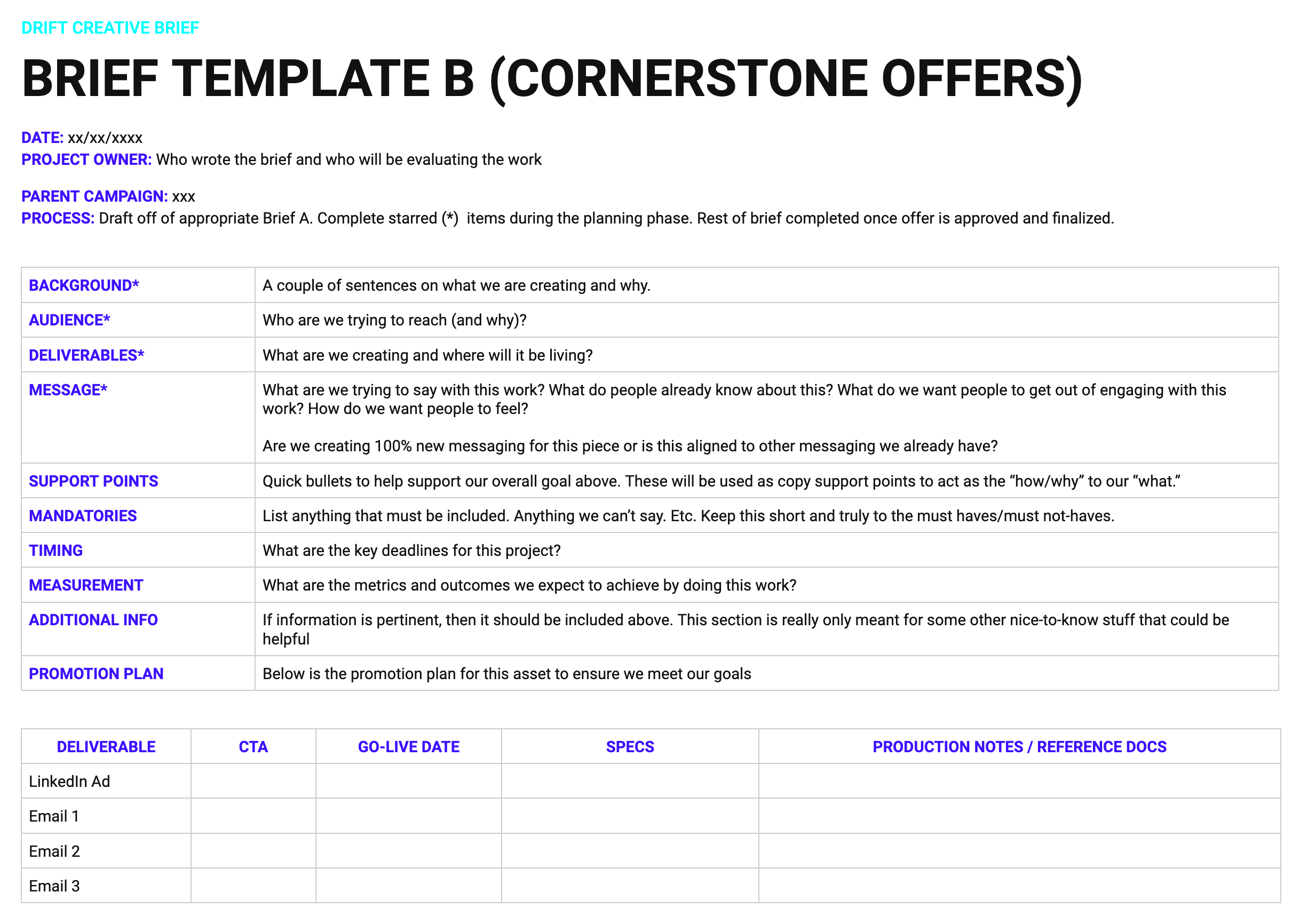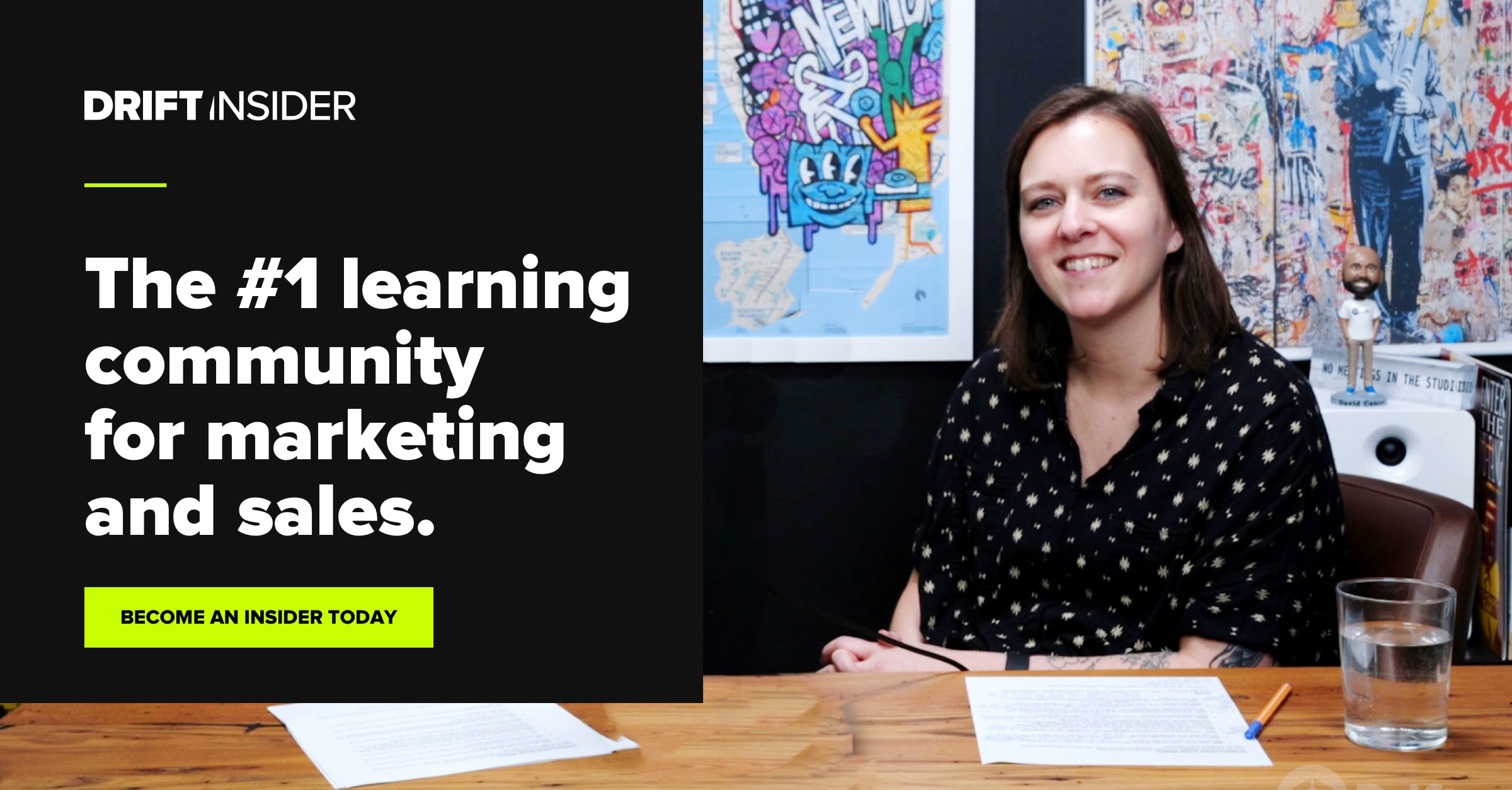Think about the last time you bought a new kitchen appliance.
Maybe it was a utility, like a refrigerator or a dishwasher. Or maybe it was a nice-to-have, like an air fryer or (my personal favorite) a Nespresso machine.
Whatever the appliance, you had a reason for buying it — a problem you were looking to solve or an element of your kitchen routine you were looking to improve.
Now, think about the implementation of that product. How useful was the manual for setting up the appliance? What about after you got it working? Did you get any additional tips that helped you use the product in new and different ways?
Chances are, the more education you got about the product, the more value you saw from it, and the more likely you were to continue using it. You may have even told your friends about it.
This is an example of how companies drive product growth through education. And, according to Mark Kilens, CMO of Airmeet (and former VP of Content and Community at Drift), educating your audience is table stakes for B2B brands today. Here are his three biggest takeaways about product education 👇
We originally spoke with Mark about driving growth through education on our Growth podcast, hosted by Matt Bilotti. If you want to listen to the full episode, click here. Otherwise, keep reading for all the insights 💡
1. Thought Leadership Should Always Be Top of Mind
“Why should my buyers care?”
This is the number one question you should be asking yourself when you create educational content. And it’s especially important early on in the buyer’s journey because, depending on how transformative your product is, you may have to invest in a lot of thought leadership.
For example, Mark talks about how Drift had to build content around the Conversational Marketing category to get buy-in from customers. Because if you want to sell a new way to solve a problem, you need to be clear on why this approach is better than old approaches.
There’s change involved. There’s change on the sales side, on the marketing side. To be successful with it, you have to teach people about this. You have to teach them why it matters.
The key to doing this is to attract an audience to your brand and then slowly pull them into learning about your solution. I originally learned about my Nespresso machine through ads, social media, and word of mouth — from there, I was exposed to content about the ways a Nespresso machine would improve my routine better than a standard coffee machine.
So, in addition to thought leadership, you should dedicate your time to building your company’s brand and beliefs. Then, you can use tangentially-related content like blogs, podcasts, and more to educate your buyer about what you do and get them curious to learn more.
2. Create Content to Set Customers Up for Success
Once you’ve got your thought leadership locked in place, it’s time to focus on showing customers how they will see long-term success with your product. This is where product-led growth (PLG) intersects with education.
The first goal of product education should be product activation — getting your customers to actually use your product. Because you can’t count on the product alone to make that happen.
Think about what your customers need to get started with your product. To go back to my Nespresso example, when I first got the machine, I not only had access to a set-up manual, but I also received emails that shared latte, mocha, and cocktail recipes.
For transformative products, make sure to provide onboarding both inside and outside of the product to maximize usage, like introducing your customers to email marketing best practices. Then, you can continue educating them through community forums or live chat.
Whether you’re designing a detailed training guide, like our Revenue Acceleration Guides, or a 30-minute online course, the goal is to provide suggestions that will help customers get the most value out of their purchase. That’s something to keep in mind throughout the customer lifecycle.
3. Proper Planning Prevents Content Debt
Now that you know what your educational content should be about, let’s get to the how.
No one likes redoing work. So, how do you make sure the content you produce stays relevant for a long time?
Communication and planning.
Content leaders need to be in lockstep with their product team so they know what’s coming down the product pipeline and can plan or update content accordingly. The Nespresso content team offers machine assistance guides which are constantly updated to include newer and older models, as well as comparison guides between each.
In addition to your external customers, you should also listen to internal customers. Your customer success team likely has insights into the content you need to please your customers.
But the best solution for preventing content debt is writing content briefs. These briefs outline exactly what you are creating and why.

At Drift, we use content briefs to outline our target audience, objectives, and metrics for each piece of content. We also touch on how that content can be used throughout the customer lifecycle, the level of maintenance required, and how relevant it will be in six months’ time.
Final Thought
If there’s one thing you should be taking away from all this, it’s that product education cannot happen in isolation. It is a collaborative effort that draws on teams like content, product, customer success, and more. As Mark puts it:
At the end of the day, you have to understand the product vision, the roadmap, what customers are asking for, to then create both the best thought leadership content…and to create the best bottom of the funnel educational type content.
So, don’t assume that products speak for themselves. Instead, take the time and resources to craft educational content that will get buyers excited about your product and keep them excited long after you’ve closed the deal.









